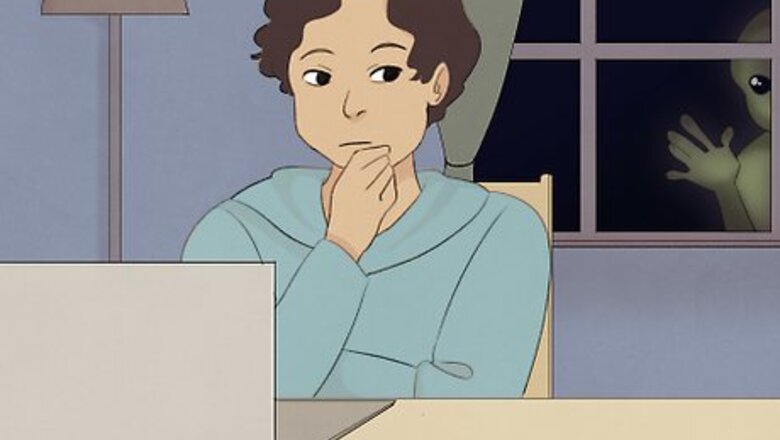
views
Developing Your Plot
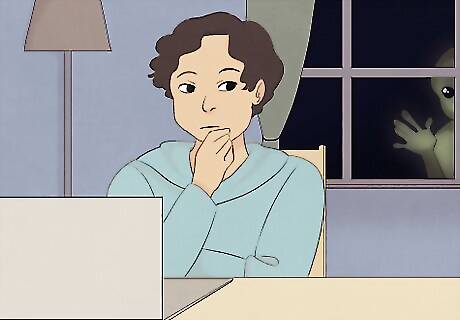
Get inspired by your own fears. It can be helpful when writing a ghost story to begin by thinking about what you find scary about ghosts. Imagine a situation where you come face to face with a ghost and take note of what you think would make you feel the most fear. Knowing what you find to be terrifying about ghosts can help you get inspired when writing your ghost story. Think about which situations meeting a ghost would be most terrifying. Imagine the details of the ghost and how it haunts you, noting what scares you the most. Try watching your favorite horror films or reading other ghost stories to get inspired.
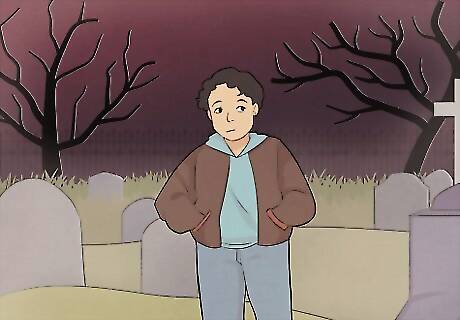
Think about the atmosphere. A large part of your story will be the setting. While you may be able to create a scary ghost, putting in the wrong setting can make it seem less frightening. Imagine some of the creepiest locations you can think of to use for a setting in your ghost story. What locations do you find disturbing or discomforting? Your setting should have a feeling of isolation, cutting the main characters off from help.
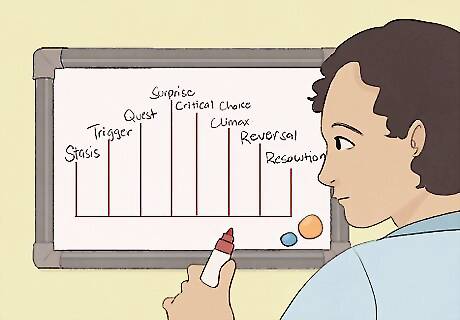
Brainstorm ideas and plan your story arc. Every story has some basic components in regards to its story arc. Some models differ and not all stories are bound to the same arc. However, the eight-point story arc is commonly used when writing fiction and can result in consistently good structures for your story to follow. Review the following basic outline of the eight point story arc: Stasis. This is the introduction to your story and it demonstrates the normal life of your characters. Trigger. This event is something that pushes your character out of their normal life. Quest. This is where your character is given a goal or something they must do. Surprise. This will take up the middle section of your story and will be the events along the way towards your heroes goal. Critical choice. Your protagonist will need to make a hard choice that demonstrates their character. Climax. This is the moment your story was building up to and the most dramatic moment of the story. Reversal. This should be the consequence to your character's critical choice or the main challenge. Resolution. This point is where your characters return to everyday life but are changed from the ordeal.
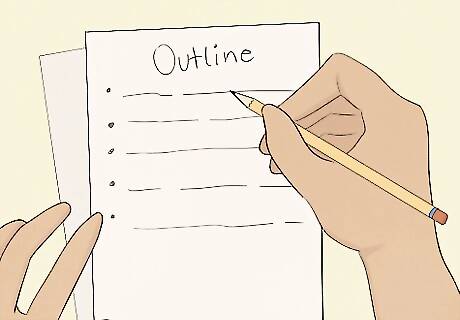
Create an outline. Once you have a basic understanding of what is going to happen during the course of your story you will want to build an outline. An outline will help you visualize the course of your story and let you examine it for any potential problems or things you might want to change. Write your outline in a chronological ordering of events. Don't leave any gaps in the narrative for your outline. Try to think about each scene and examine how they work together. If writing an entire ghost story seems overwhelming at first, try writing a 100-word ghost story to warm up. You get 100 words to write something truly creepy and unsettling. It takes less time, and you won't have to worry as much about outlining and pacing.
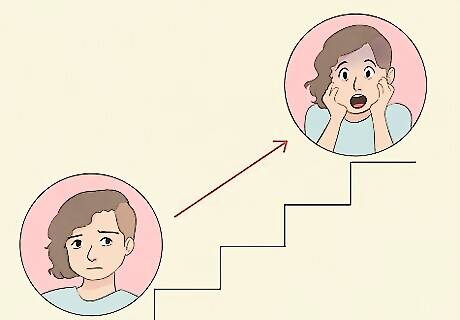
Build the sense of dread slowly. Ghost stories usually build up slowly over the course of the story. By gradually increasing the amount of strange happenings, you reinforce the idea that something even larger is on the horizon. The reader should notice this exponential increase, becoming more and more anxious while awaiting the climax of your story. Don't rush to reveal the confrontation or climax of your ghost story. Building the tension of the story slowly can make the climax even more intense.
Developing Your Characters

Think about your protagonist. Every story has its focus and it will generally be on the main character or protagonist. This character will be the link into the world of your ghost story, giving your readers a direct vantage point to relate to within the story. Think about the qualities, motivations, history, and other details about your main character. Try to think of why your character is in the situation they are. Imagine how your character would react to the events in your story. Try to get a clear mental picture of what your character looks like.

Create your antagonist. The antagonist in a story is most easily understood to be the “bad guy”. This character will be the one who comes in conflict with your protagonist or hero. In this case, your antagonist will likely be your ghost. Think about some of the following aspects that ghosts in horror stories usually have: Your ghost will need a reason or motive for existing and doing what they do. Ghosts come in different forms, being more or less physical or having different powers.

Consider working on foils or additional characters. Other characters in your story should be there to give the reader further insight into either the main character or the antagonist. These characters are called foils and although they have their own motivations and structure they are often used to punctuate aspects of main characters. Foils usually have different personalities than the main characters in order to highlight the individual characteristics. Your supporting characters should also have their own unique qualities and personalities. Ask yourself what relationships these characters might have with the main characters of your ghost story.
Writing Your Ghost Story

Avoid telling the reader what's happening. The goal of any ghost or horror story is to engage the reader and make them feel what the characters are feeling. Simply telling the reader what's happening can be less effective than showing them. Whenever possible try to describe the characters reaction to something scary instead of telling the reader that they were scared. ”The ghost appeared and I was frightened” is an example of telling the reader what's happening. ”The ghost appeared and my stomach tightened up in knots. I could feel my face break out in a sweat and my heart trying to leap out from my chest.” is an example of showing the reader what's happening.

Make your readers fill in the details. Although you may have a perfect idea of exactly what happens in your story, using less details can make your story even more chilling. Readers will automatically fill in details with their own mind, creating an image that is uniquely terrifying to them. Try to keep descriptions to a minimum and allow your readers to scare themselves. For example, “The ghost was ten feet tall and exactly as wide as the door that it came through.” is probably too direct. Try saying something like “The ghost was enormous, making the room suddenly feel claustrophobic and tight.”
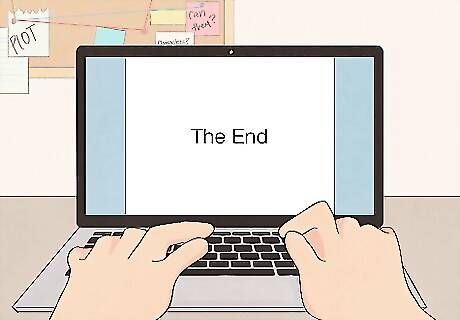
End things quickly. The pace of your story should start slowly, build up speed and then end even faster. A sudden and abrupt ending can really leave your readers shocked, making a long-lasting impression. When you are thinking of how your story ends, make sure the final moment can be described quickly. Consider ending your story in a single sentence. Offering too much explanation at the end of your ghost story can lessen the impact of your ending.




















Comments
0 comment